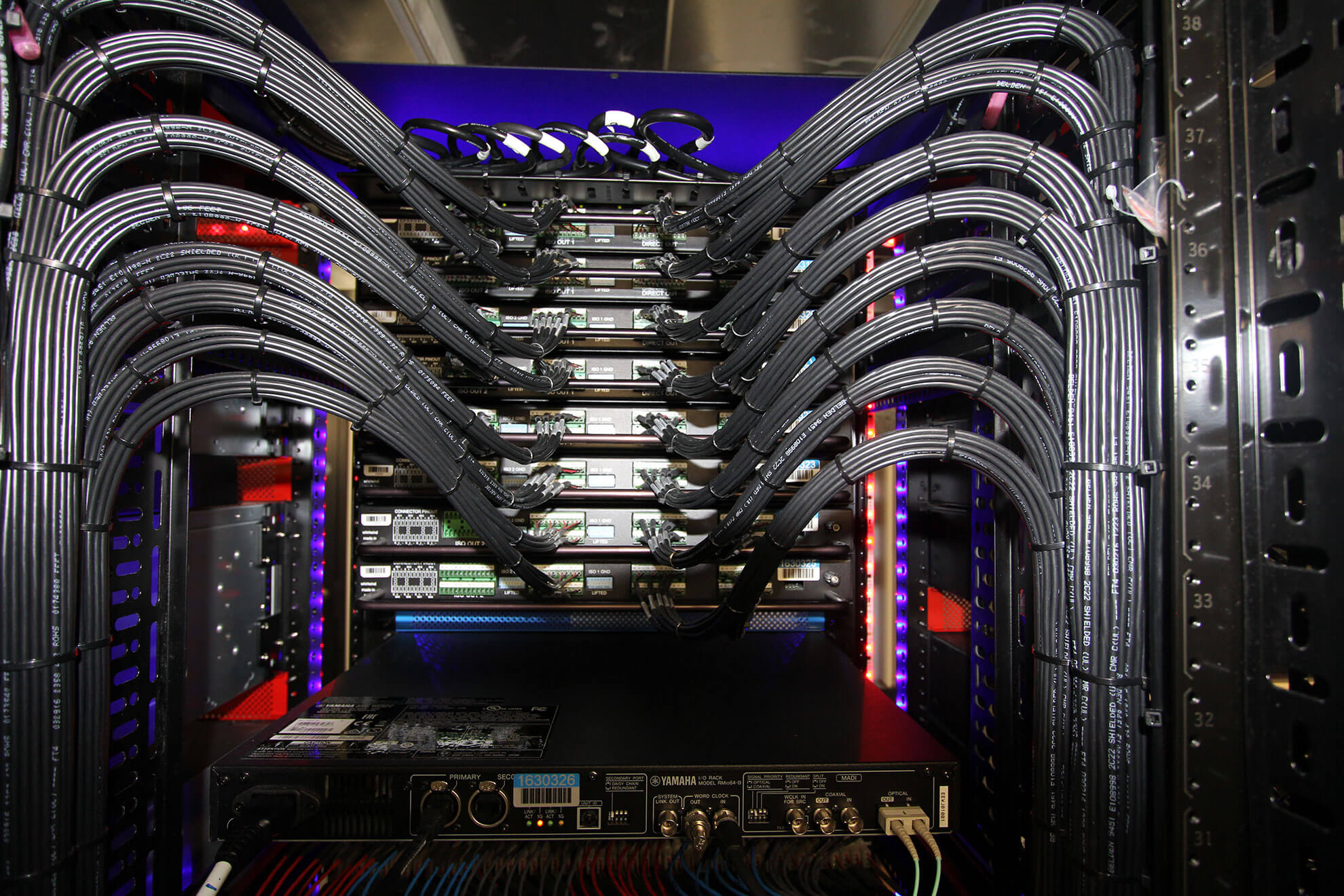In well-lit illumination conditions, motion detection is generally more accurate. As there is ample light, sensors and cameras can obtain sharper pictures, which helps in recognizing dynamic objects. Bright environments allow for better distinction between the moving element and the background. This differentiation is essential for both visual observers and automated technologies, as it facilitates it simpler to differentiate between stationary and dynamic elements in a scene. Therefore, making sure that areas are adequately illuminated can greatly enhance the performance of movement detection systems.
Conversely, low-light environments can present challenges for movement detection. In dim environments, shadows can obscure dynamic objects, which makes them hard to perceive. Additionally, the eye struggles to detect movement in low light, which can lead to misunderstanding of what is Full Report happening in the surroundings. Cameras might also face difficulties, as many do not function well in low light without the use of infrared technology or alternative enhancements. These limitations highlight the importance of sufficient lighting in environments where movement detection is essential.
Moreover, various types of illumination can have different effects on motion detection. For example, fluorescent lights can flash, which can mislead movement detection systems that depend on consistent illumination sources. On the contrary, natural provides a consistent source of illumination that enhances clarity. Comprehending these differences in lighting conditions can guide users in selecting the most appropriate lighting for specific uses, especially in security and safety scenarios.

In conclusion, the connection between illumination environments and motion detection precision is important. By making sure that environments are appropriately lit, we can enhance the dependability of movement detection technologies. This knowledge check this site out not only supports tech applications but also improves safety and security in various environments. As further developments are made in movement detection systems, considering illumination environments will remain a vital factor in optimizing performance and ensuring that these systems function properly in various environments.